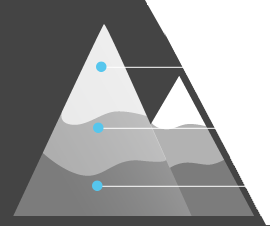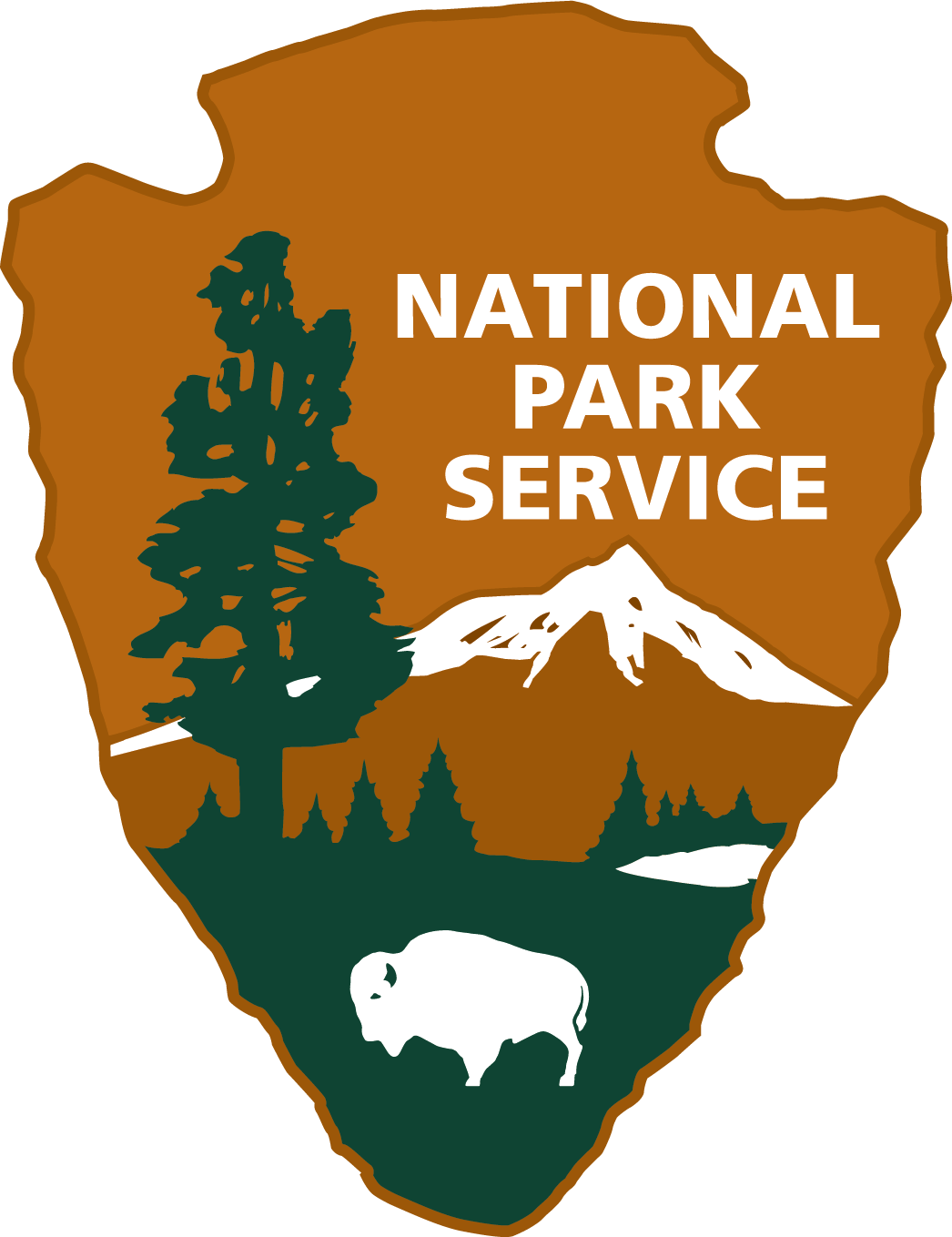Whitefish Range
Swan Range
Flathead Range and Glacier National Park
How to read the forecast
Dangerous avalanche conditions exist. Substantial new snow and rising temperatures over the past 24 hours will cause the avalanche hazard to rise through today. New storm slabs as well as wind slabs will be problems today. The snowpack still consists of weak snow (facets) near the ground in most locations as well as weak snow (facets) above the Thanksgiving crust. Cautious routefinding and conservative decision making are essential. We will begin issuing regular advisories tomorrow, Dec. 6.

No Rating
?
Above 6500 ft.
No Rating
?
5000-6500 ft.
No Rating
?
3500-5000 ft.
New snow, rising temperatures, and wind will increase the avalanche hazard today. Storm slabs and wind slabs will be a problem today. This new snow is falling on lower density snow from last weekend's storm. This creates an upside down snowpack where a denser layer sits on top of a lighter layer. Asses each slope carefully to determine the sensitivity of these storm and wind slabs.
There is also potential for avalanches failing on the deeper weak layers within our snowpack. This new load is likely to test the weak snow (facets) near the ground as well as the weak snow above the Thanksgiving crust. It takes time for these layers to strengthen. These layers should still be treated with caution. Our stability tests this week indicate this layer near the ground is still an issue. We had two tests (ECTs) Wednesday where the block failed at the ground upon isolation of the column (video). This is a big red flag! Tests in other locations produced no fracture propagation, but, remember, we are always searching for instability, and never use one test as a sign of stability. This early season snowpack exhibits a lot of variability. On some slopes this layer propagates a fracture and others it does not. So, even though we may not see obvious signs of instability, this layer is still quietly lurking.
Managing this layer can be tricky and difficult and requires a wide safety buffer. Conservative decision making and careful terrain selection will be important today. Allow the snowpack time to adjust to this new load by avoiding steep terrain as well as shallow, rocky areas. In rocky areas where it is often shallow it becomes easier to potentially affect a deeper weak layer and trigger an avalanche. Pay close attention to changing conditions and look for obvious signs of instability like recent avalanche activity, cracking of the snowpack, rising temperatures, and whumpfing (collapsing). Always carry your avalanche gear (beacon, shovel, and probe) and know how to use it.
We will issue our first advisory on Saturday, December 6. We greatly appreciate all of the observations thus far this season. If you are out in the backcountry continue to send us your observations by submitting them on the Observations page, emailing us at fac.admin@flatheadavalanche.org, or by calling 406.387.3835.
Mountain weather stations show a substantial new load in many locations. This new snow is heavier than the storm snow from last weekend and has likely created a dangerous upside down snowpack. On Wednesday, we traveled in the Marion Lake area in the Flathead Range near Essex (video). We found a snowpack with the post-Thanksgiving snow sitting above a thick rain crust. Between these two layers we found a thin layer of small facets and graupel. We also found weak snow (facets) near the ground. This layer shows signs of strengthening in some locations but still very easily propagated fractures in other locations (a sign of instability). Thus, we treated this layer with caution and avoided steep slopes and shallow, rocky areas.
Observations from others nearby the day before showed a similar snow structure. Whitefish Mountain Ski Patrol conducted their first avalanche control work in the East Rim area (observation). Their results with explosives produced wind slab avalanches above the Thanksgiving rain crust and one deeper avalanche that failed below this crust.
Mountain locations have gradually warmed over the past 48 hours with the Swan Range receiving the lion's share of the precipitation. Temperatures and snow levels will continue to rise today as the current system moves out of the area. Storm totals vary across the region, but range from 4-12 inches. Noisy Basin SNOTEL is reporting 1.6 inches of snow water equivalent (SWE).
This advisory applies only to backcountry areas outside established ski area boundaries. This advisory describes general avalanche conditions and local variations always occur. This advisory expires at midnight on the posted day unless otherwise noted. The information in this advisory is provided by the USDA Forest Service who is solely responsible for its content.
Call
Contact
In Partnership With

In Partnership With








